How to Make the Best Sensory Bins on the Block
Sensory bins are a great way to help kids learn and explore through play. They are simple to set up and can be filled with a variety of different materials depending on what you want to focus on. Sensory bins can be used for a variety of purposes, such as exploring different textures, colors, or smells. They can also help with fine motor skills, sensory processing, and even speech development. Here is some basic information about the best sensory bins, along with some ideas for filling them and fun activities to do with them.
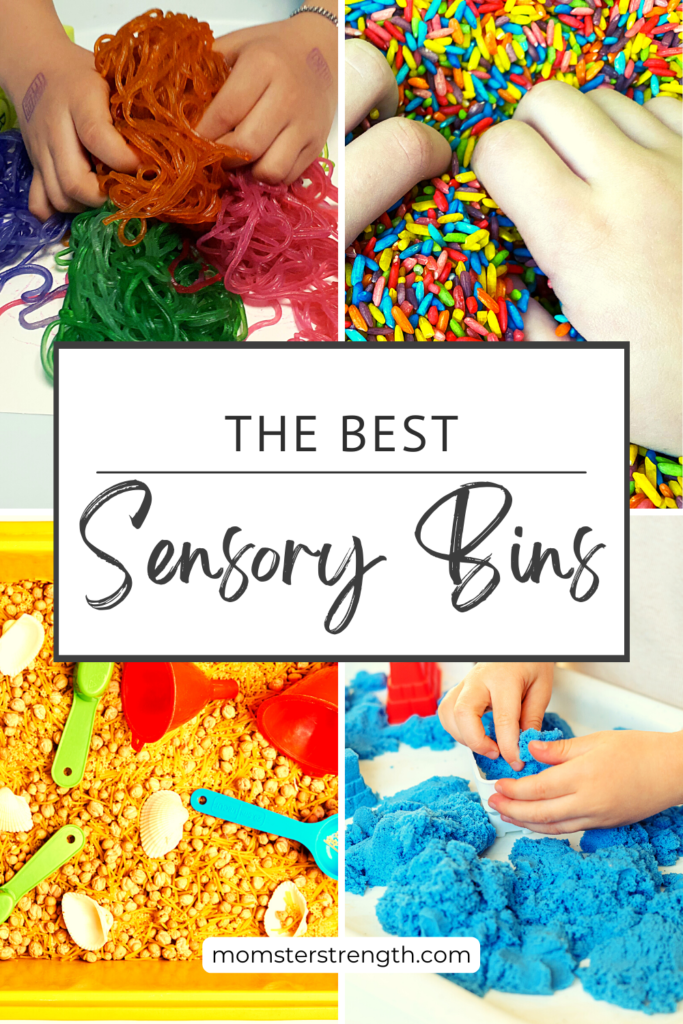
What is a sensory bin:
A sensory bin is simply a container filled with different materials that can be used for exploring and playing. They can be made from a variety of different materials, such as plastic tubs, bins, or even old laundry baskets. The key is to make sure that the bin is shallow enough that your child can reach the bottom easily.
Benefits:
Sensory bins offer a variety of benefits for kids. They can help with fine motor skills, sensory processing, and even speech development. Sensory bins are also a great way to encourage exploration and discovery through play.
Why do they work well for kids with Autism or other special needs?
Sensory bins work well for kids with Autism or other special needs because they offer a safe and controlled environment for exploring. The materials in the sensory bin can be manipulated without fear of messing up or breaking something. This type of play also allows for a child to explore at their own pace and in their own way.
How to fill sensory bins:
There are a variety of ways to fill a sensory bin. The key is to use materials that will be safe for your child and that will offer a variety of textures, colors, and smells. You can even add in some small toys or objects for your child to find and explore. Some ideas for filling a sensory bin include:
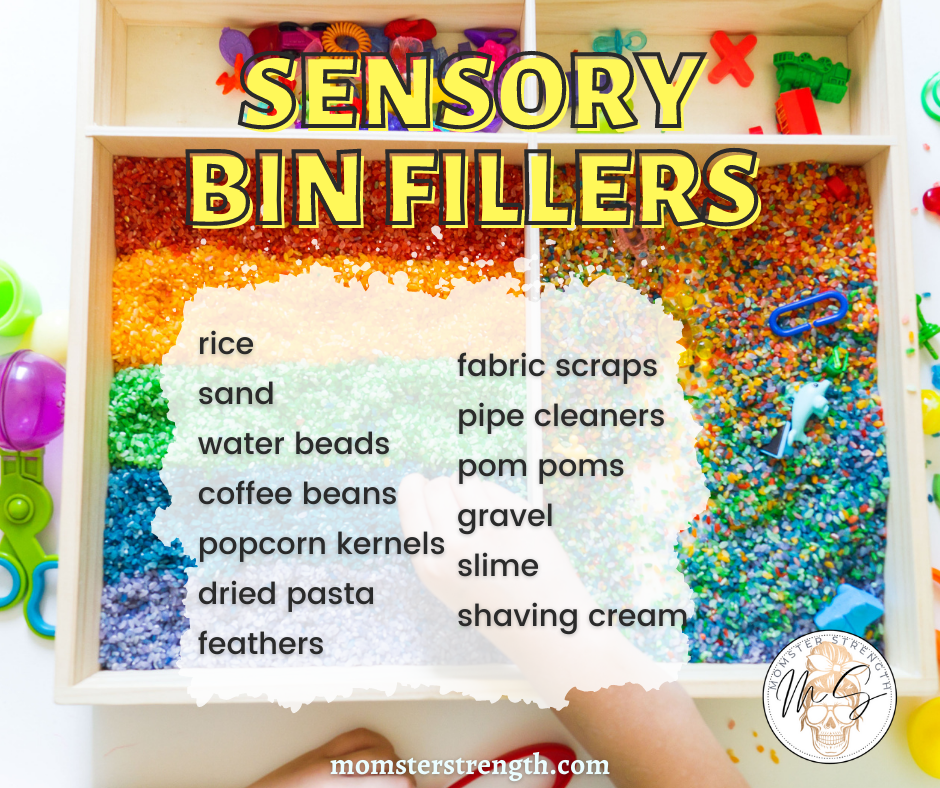
- rice
- sand
- water beads
- coffee beans
- popcorn kernels
- dried pasta
- feathers
- fabric scraps
- pipe cleaners
- pom poms
- gravel
- slime
- shaving cream
How to set up and use sensory bins:
When setting up a sensory bin, it is important to consider the age and abilities of the child. For younger children, you will want to make sure that the bin is shallow and the materials are safe for them to put in their mouths. You will also want to avoid anything that could potentially be a choking hazard. Older children can handle more challenging activities, such as sorting and matching. Just make sure that the materials you choose are safe for them to use.
To set up a sensory bin, simply choose a container and fill it with your desired material. Start by spreading a layer of the material on the bottom of the bin. Then, add in any smaller items that you want your child to find. Lastly, fill the bin with enough of the material so that it is easy for your child to dig around and explore.
Fun activities to do with sensory bins:
There are endless possibilities for activities to do with a sensory bin. The key is to let your child explore and play in their own way. Here are a few ideas to get you started:
- Hide small objects in the bin and have your child search for them.
- Fill the bin with kinetic sand and use cookie cutters to make shapes.
- Add a small amount of water to the bin and let your child explore floating and sinking objects.
- Fill the bin with shaving cream and have your child draw shapes or spell their name.
For even more sensory bin ideas, check out the 50 Ridiculously Awesome Sensory Bin Ideas.

Tips for creating a safe and stimulating environment:
When setting up a sensory bin, there are a few things to keep in mind to create a safe and stimulating environment for your child. First, make sure that the bin is shallow enough that your child can reach the bottom easily. Second, choose materials that are safe for your child to play with and that won’t pose a choking hazard. Finally, supervise your child while they are playing in the bin to make sure they are staying safe.
Sensory bins are a great way to help kids learn and explore through play. They are simple to set up and can be filled with a variety of different materials depending on what you want to focus on. Sensory bins can be used for a variety of purposes, such as exploring different textures, colors, or smells. They can also be used to work on fine motor skills, sensory processing, and even speech development. With a little creativity, the possibilities are endless!
If you decide to give these sensory bins a try, let us know in the comments below or tag us @momsterstrength. We’d love to see what creativity you can spark!

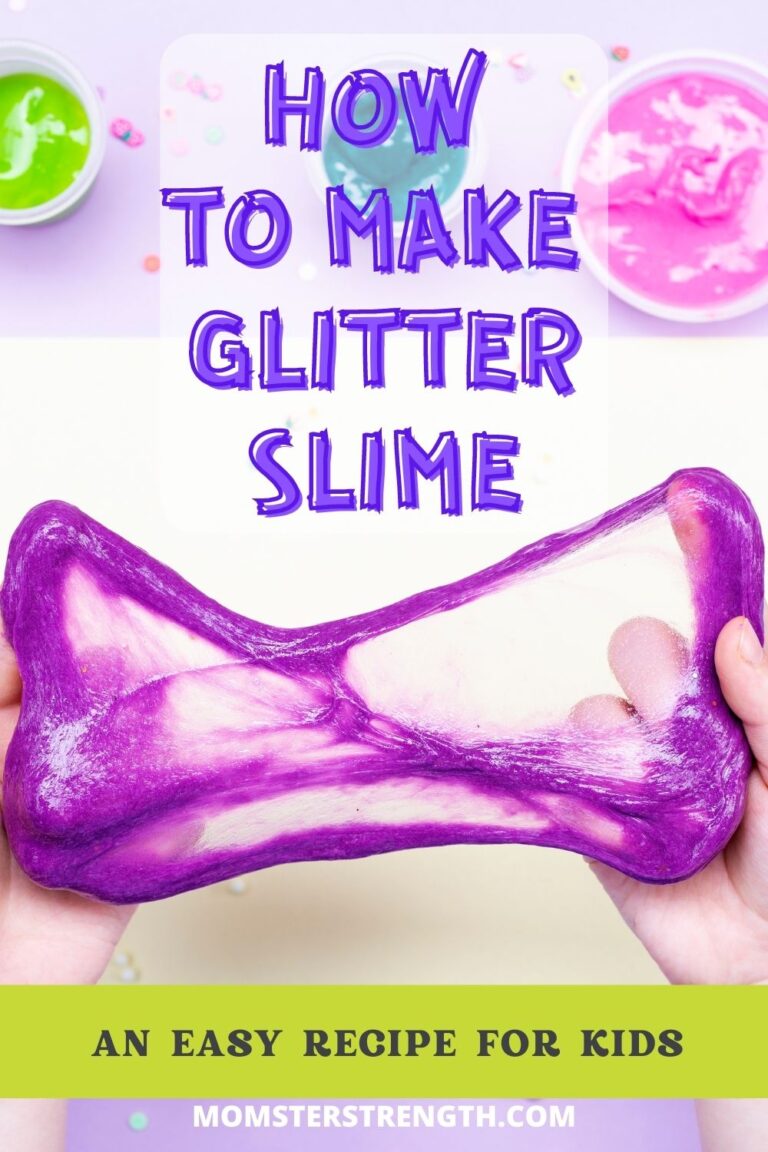
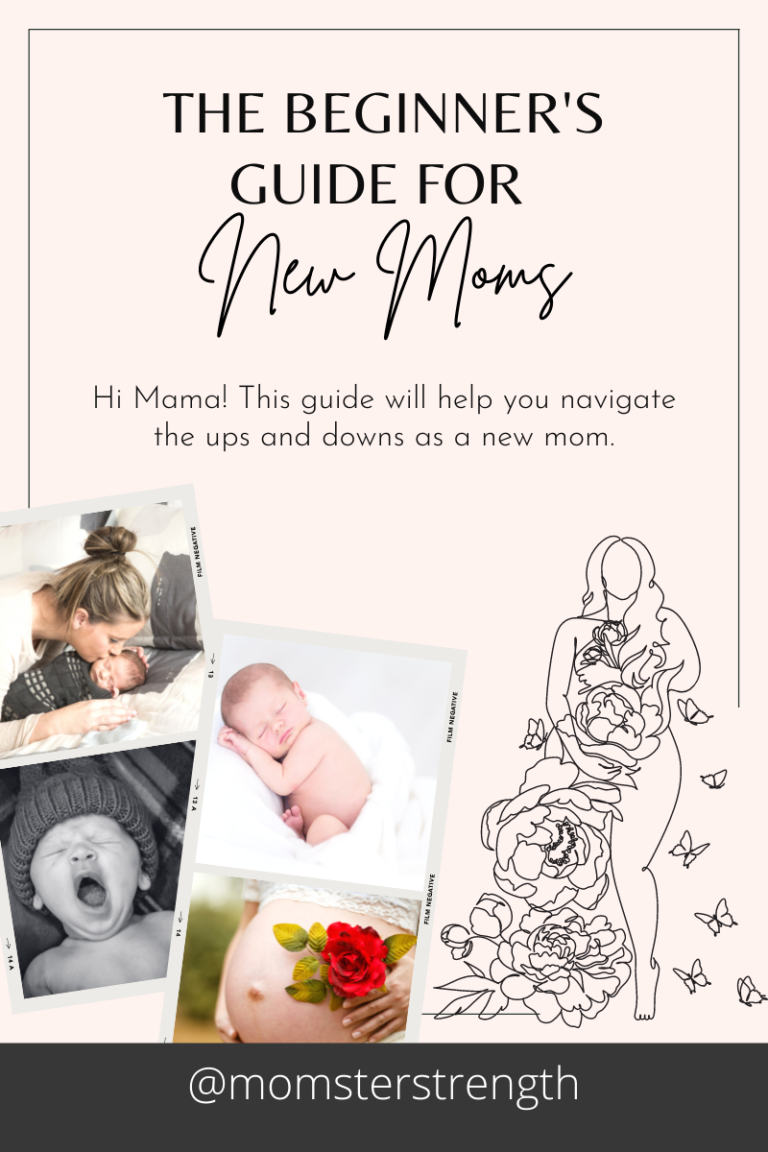

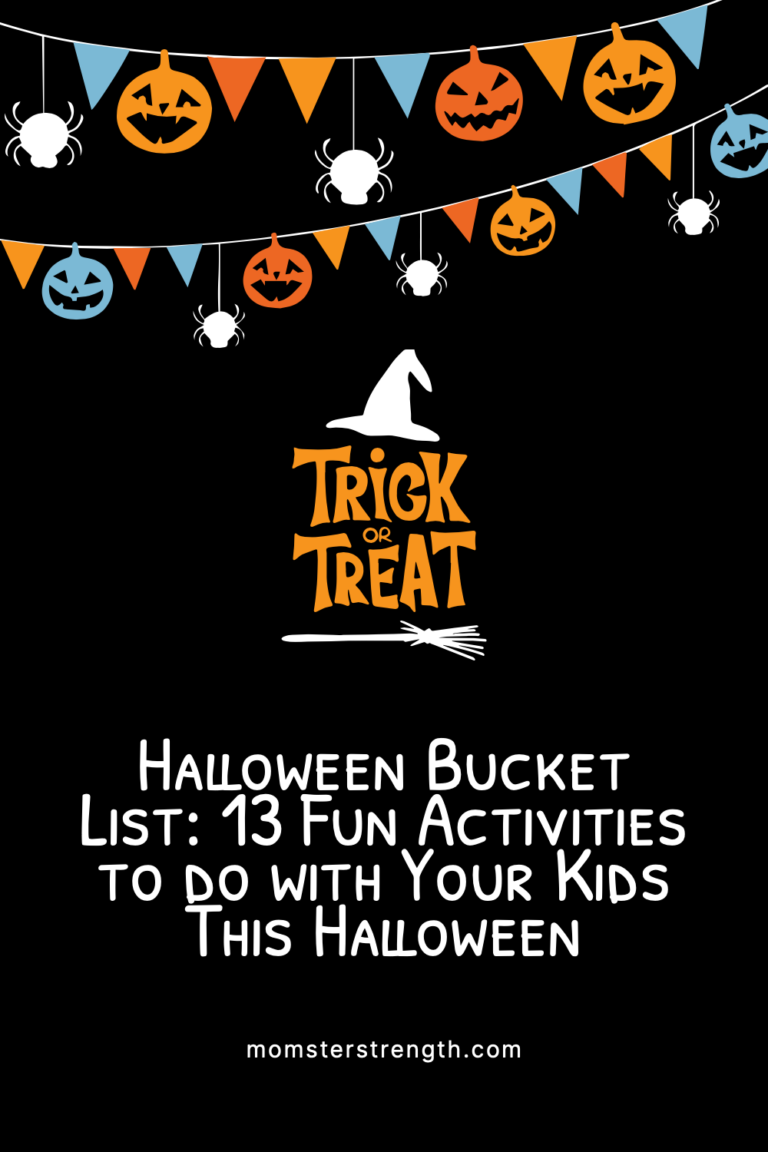

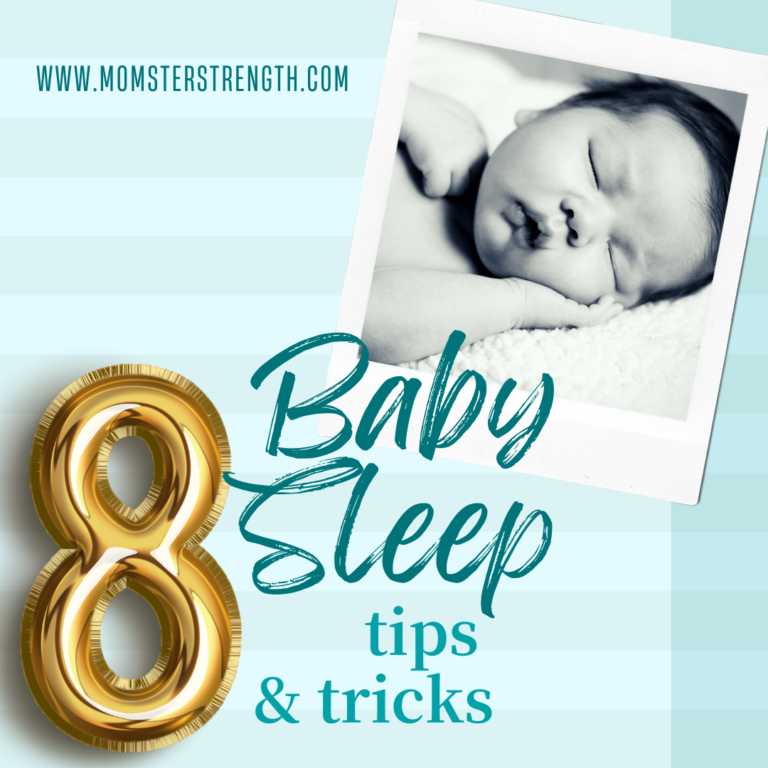
One Comment
Comments are closed.